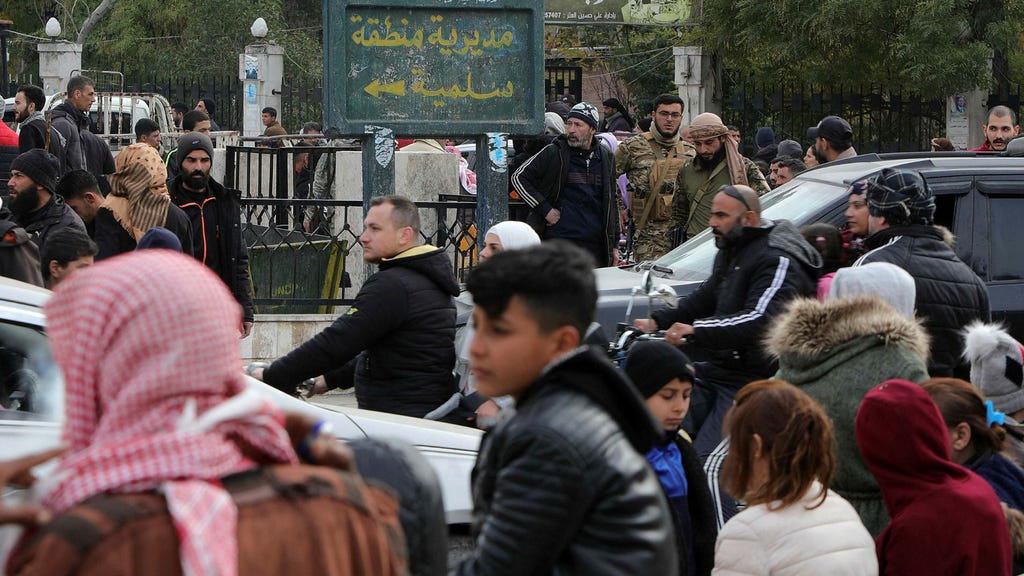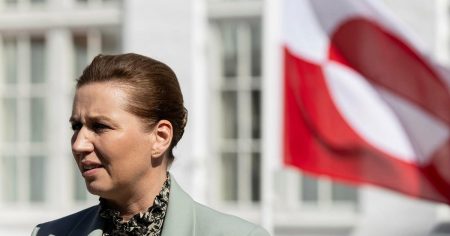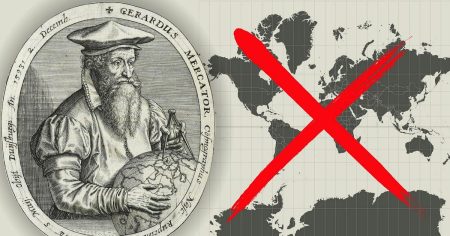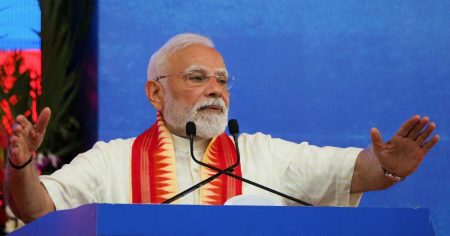The Syrian regime, entrenched in Damascus, braces for a final showdown. Rami Makhlouf, a cousin of President Bashar al-Assad and one of the country’s wealthiest figures, has issued a call to arms, urging all able-bodied individuals to defend the nation against the advancing rebel forces. This dire situation echoes previous moments of near-collapse for the Assad regime, such as the summer of 2012 when Aleppo was besieged. However, the current crisis presents distinct challenges. While the regime fought fiercely in the past, even when outnumbered and resorting to brutal tactics like dropping barrel bombs on civilian areas, this time, the Syrian army’s resistance appears sporadic and fragmented, with many units dissolving or defecting. The burden of defense seems to have shifted to foreign fighters, primarily Hezbollah and Iraqi Shia militias, who appear more committed to the fight than Assad’s own forces.
This wavering commitment within the Syrian army underscores a pervasive dilemma: loyalty versus self-preservation. As regimes falter, soldiers and loyalists are forced to choose between continuing the fight or abandoning their posts to save their own lives. The situation in Syria is further complicated by the Assad regime’s close ties with the Alawite minority, a group that has historically held significant power and influence within the country. The Alawites, along with other minority groups, fear retribution from the predominantly Sunni rebel forces, particularly if extremist factions gain control. The prospect of a Sunni-dominated government, with the Assad regime’s brutal actions still fresh in memory, raises genuine concerns about their safety and survival, especially in urban centers.
The geopolitical landscape surrounding Syria is as complex as ever, with multiple actors vying for influence. The fragmented map of the country, a patchwork of regime-held territories, Turkish-occupied zones, Kurdish self-governing regions, and various military bases belonging to international powers, is undergoing a rapid redrawing. The recent offensive by rebel forces, including the jihadist HTS and the Turkish-backed SNA, signals a dramatic shift in the balance of power. Turkish President Recep Tayyip Erdogan’s open support for these forces, who are now advancing towards Damascus, further complicates the situation, highlighting Turkey’s ambitions in the region.
Adding to this volatile mix is Israel, which sees an opportunity in Assad’s potential downfall and the subsequent weakening of Iran’s foothold in Syria. The collapse of the Assad regime could dismantle Iran’s regional influence, particularly its network of proxy militias. With Hamas facing challenges in Gaza and Hezbollah experiencing setbacks, Iran’s so-called ”ring of fire” around Israel is weakening. Although Iran retains allies in Iraq and Yemen, losing Syria would significantly curtail its ability to project power and influence across the region. Israel has made its position clear, communicating to Russia its determination to prevent Iran from using Syria as a conduit for supplying weapons to Hezbollah.
The evolving situation in Syria has become a focal point for international diplomacy. A recent summit in Doha between Turkey, Iran, and Russia underscored the competing interests and tensions among these key players. While Russia has expressed concerns about rebel forces taking Damascus, Turkey appears to be backing the offensive. Iran, a staunch supporter of Assad, is likely facing difficult choices as its influence in the region is being challenged. The outcome of these power plays will determine the fate of Syria and reshape the geopolitical landscape of the Middle East. The unfolding events hold significant consequences not only for the Syrian people but also for the broader region, with implications for stability, security, and the future balance of power.
The multifaceted nature of the Syrian conflict, with its intricate web of alliances and rivalries, creates a formidable challenge for any resolution. The interests of regional and global powers intersect in Syria, adding layers of complexity to an already volatile situation. The fate of the Assad regime, the future of the Alawite minority, the ambitions of Turkey and other regional actors, and the concerns of Israel regarding Iran’s influence are all intertwined, creating a precarious situation with far-reaching consequences. The coming days and weeks will be critical in determining the next chapter of this protracted conflict and its implications for the region’s stability and the lives of millions of Syrians.














